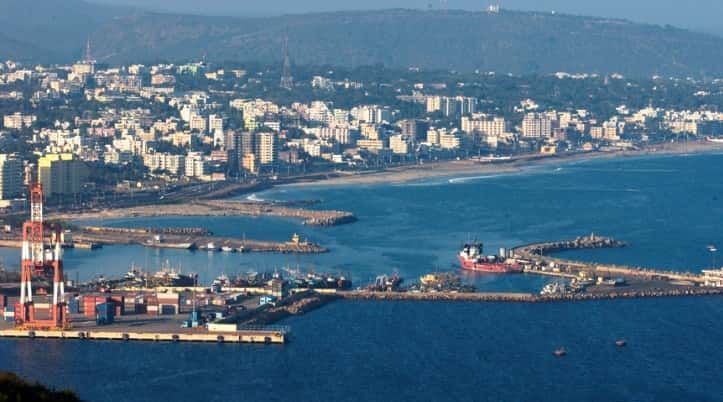Live
- Balance AI benefits, privacy, fairness & transparency
- People of TS are with Congress: Revanth
- On counting day, social media erupts with quirky memes
- Modi must respect people’s verdict, resign: Congress
- BJP picks Naidu as NDA convenor
- ‘Placebo’ surgery not a cruel trick, can be very effective
- MyVoice: Views of our readers 5th June 2024
- Shocked Jagan vows to rise like phoenix
- Asaduddin juggernaut rolls on with huge win
- Ye Jo Public Hai Ye Sab Jaanti Hai…
Just In

It has been 5 long years since the Vizag metro was first conceived. Unfortunately, the dream remains a dream today as well. Every Vizagite hopes for...
It has been 5 long years since the Vizag metro was first conceived. Unfortunately, the dream remains a dream today as well. Every Vizagite hopes for the speedy execution of the metro once the tender is finalised. On this note, let us have a look at the details, route and benefit of the Visakhapatnam Metro Rail.
The Vizag Metro would be executed by the Amaravati Metro Rail Corporation(AMRC) and the total planned route length is 42 km. The metro, once complete, is expected to ease the traffic congestion on the busy stretches such as NH16. 3 routes have been planned of which the Gajuwaka-Kommadi stretch spanning 31 kilometers is the longest. The two other routes are Gurudwara to Old Post Office which is about 5.5 kilometers long and the Thatichetlapalem to Chinna Waltair stretch which is 6 kilometers long.
The project is to be executed under the Public Private Partnership(PPP) model and the estimated cost is around ₹8300 crore. The whole stretch of metro is slated to be elevated, after surveys which cited the non-viability of underground metro due to high costs as the reason for it. The Vizag metro will reduce the congestion on the busiest stretch of NH16, between Kommadi near Madhurawada to Gajuwaka, which has a huge influx of vehicles, especially in the peak hours.
This is due to the fact that many major junctions lie on the NH16 where people from most parts of the city have to pass through everyday to reach their homes, offices and schools. The Metro is also expected to reduce the carbon footprint of the city to a large extent. The growth of vehicles in the city limits has been accompanied by a rise in greenhouse gas emissions which have caused temperatures in the city to rise over the last few years.
But as every coin has two sides, the metro too doesn't come without demerits. It would result in the cutting down of some trees and would increase the traffic and dust pollution in the initial stages of its construction. All in all, the advantages outnumber the disadvantages and the loss of trees can be compensated by planting more trees in the city limits. The metro is slated to be completed by 2022, which is quite possible if the tender is finalised and work begins in the next couple of months.

© 2024 Hyderabad Media House Limited/The Hans India. All rights reserved. Powered by hocalwire.com







